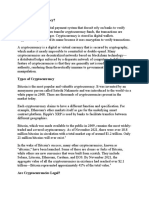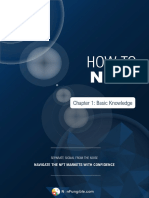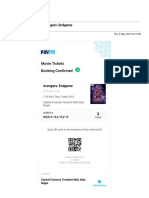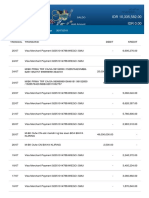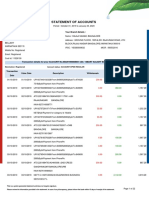0% found this document useful (0 votes)
12 views25 pagesModule5 Lect1 202425
The presentation covers the fundamentals of cryptocurrency and crypto tokens, highlighting their definitions, differences, and applications within blockchain technology. It explains the three tiers of blockchain applications: currency, tokens, and infrastructure, and details the characteristics and examples of various cryptocurrencies and tokens, including fungible and non-fungible tokens (NFTs). Additionally, it discusses smart contract standards, particularly ERC standards, which guide the creation and interaction of tokens on the Ethereum blockchain.
Uploaded by
shrirang.nikumbh28Copyright
© © All Rights Reserved
We take content rights seriously. If you suspect this is your content, claim it here.
Available Formats
Download as PDF, TXT or read online on Scribd
0% found this document useful (0 votes)
12 views25 pagesModule5 Lect1 202425
The presentation covers the fundamentals of cryptocurrency and crypto tokens, highlighting their definitions, differences, and applications within blockchain technology. It explains the three tiers of blockchain applications: currency, tokens, and infrastructure, and details the characteristics and examples of various cryptocurrencies and tokens, including fungible and non-fungible tokens (NFTs). Additionally, it discusses smart contract standards, particularly ERC standards, which guide the creation and interaction of tokens on the Ethereum blockchain.
Uploaded by
shrirang.nikumbh28Copyright
© © All Rights Reserved
We take content rights seriously. If you suspect this is your content, claim it here.
Available Formats
Download as PDF, TXT or read online on Scribd
/ 25











































